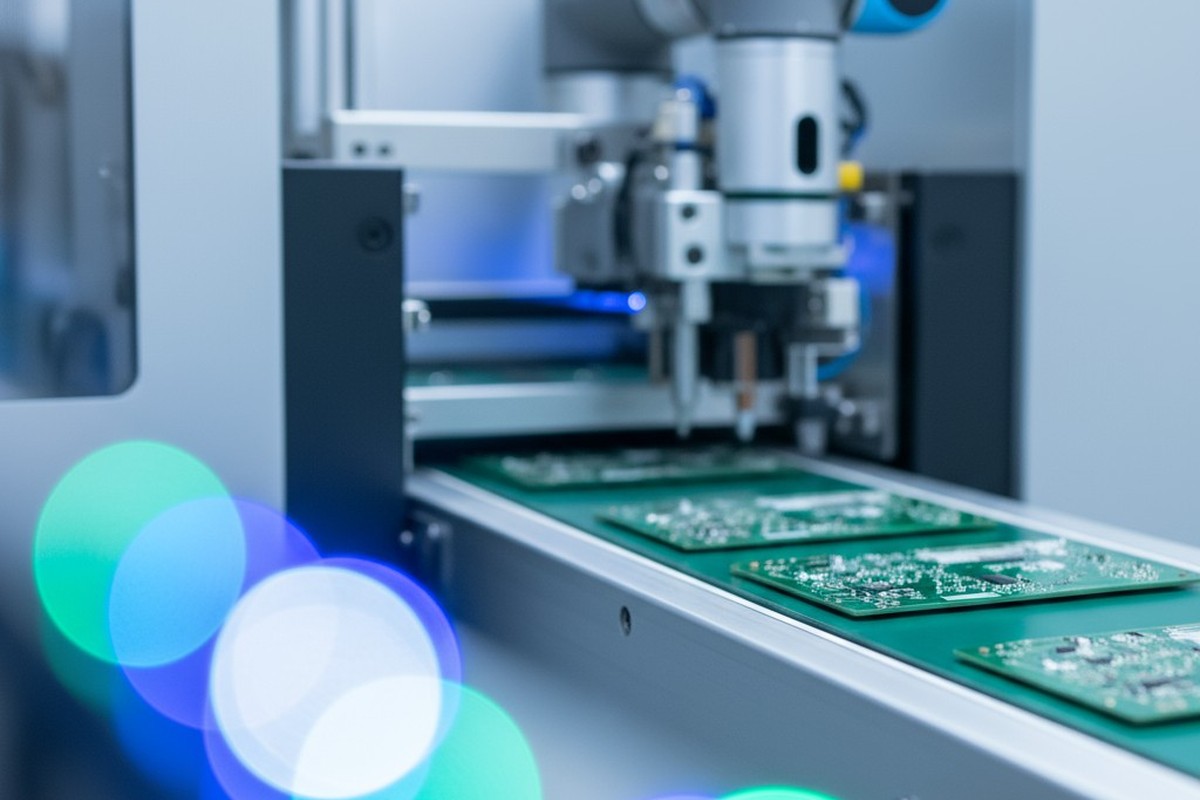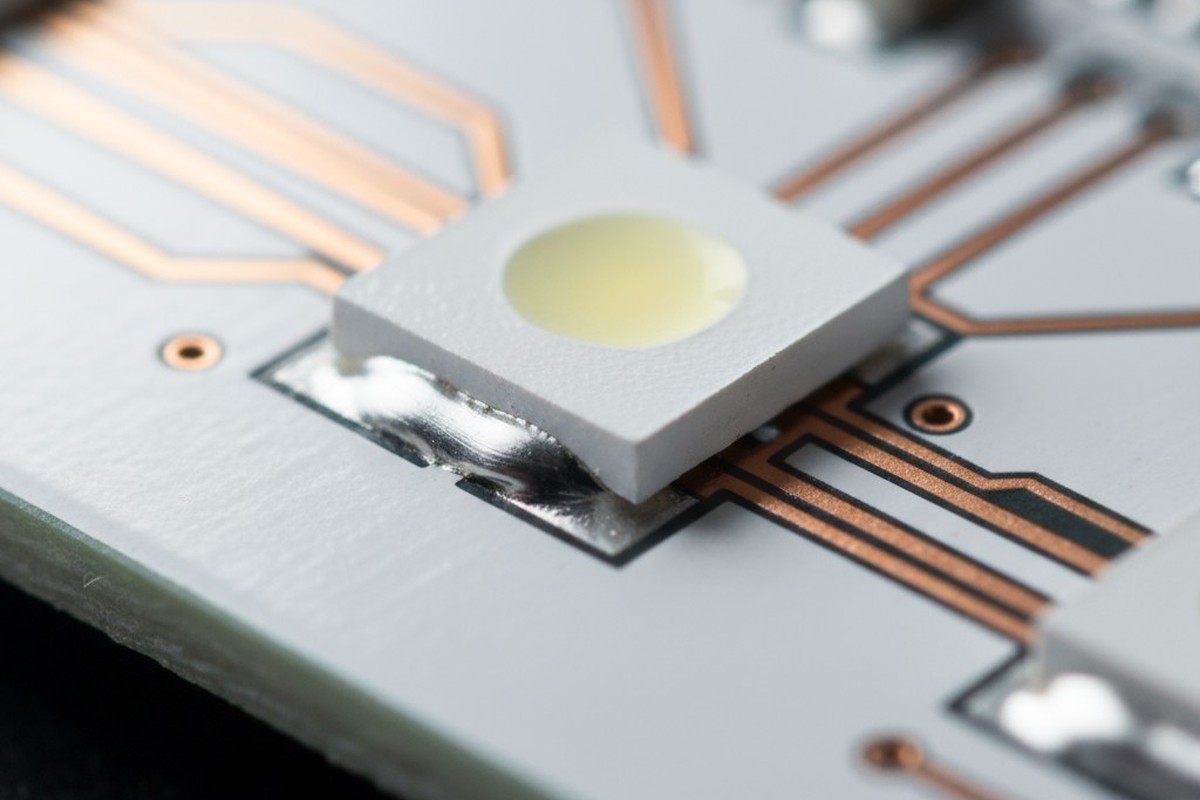Blog
-

MSL Handling That Stops Popcorn Failures at the Line
Popcorn failures in electronic components, caused by moisture vaporizing during reflow soldering, can scrap entire boards. This guide provides a complete operational framework for handling MSL3 and higher components, covering the practical steps to track, store, and bake parts to prevent these costly and predictable failures. It focuses on creating reliable, maintainable systems for teams of any size, ensuring component integrity from storage to assembly.
-

DFM Moves That Prevent a Respin on Mixed QFN and Micro-BGA Layouts
Mixing QFN and micro-BGA packages on a PCB creates significant manufacturing challenges that often lead to costly respins. This article details five critical DFM strategies, from solder paste aperture tuning to fiducial placement, that reconcile their conflicting requirements and help you avoid predictable first-build failures.
-

LED MCPCBs: Voids, the Thermal Stack, and the Lumen Droop Trap
Premature LED dimming, or lumen droop, is often misdiagnosed as an electrical issue. The root cause is thermal: heat trapped at the LED junction due to voids in the thermal stack. This article explains why focusing on thermal interface materials and manufacturing processes like vacuum reflow is critical for creating reliable, long-lasting LED products.
-

Automotive-Grade PCBA Without the PPAP Drama: A Quality Systems Blueprint
The drama and delays of the Production Part Approval Process (PPAP) are symptoms of a deeper failure in quality planning. This article outlines the essential quality systems blueprint for automotive-grade PCBA, detailing how disciplined APQP, effective control plans, meaningful FMEAs, and non-negotiable traceability are required to meet the stringent reliability and safety demands of the automotive sector, ensuring a smooth path from design to final approval.
-

Copper Balance in Reflow: When Thieving Makes Warpage Worse
While copper thieving is a common strategy to reduce PCB warpage, applying it aggressively without considering thermal mechanics can create new, more severe imbalances. This happens because added copper alters thermal mass, leading to asymmetric heating during reflow and causing the very twisting it was meant to prevent.
-

Rigid-Flex That Survives Ten Thousand Bends
A perfect CAD model doesn’t guarantee a rigid-flex circuit will survive thousands of bends in the field. True reliability comes from understanding and controlling four critical physical variables: copper grain direction, trace geometry, coverlay windowing, and stiffener placement. Mastering these interdependent mechanical choices is the key to designing a circuit that endures, not one that fractures prematurely due to copper fatigue.
